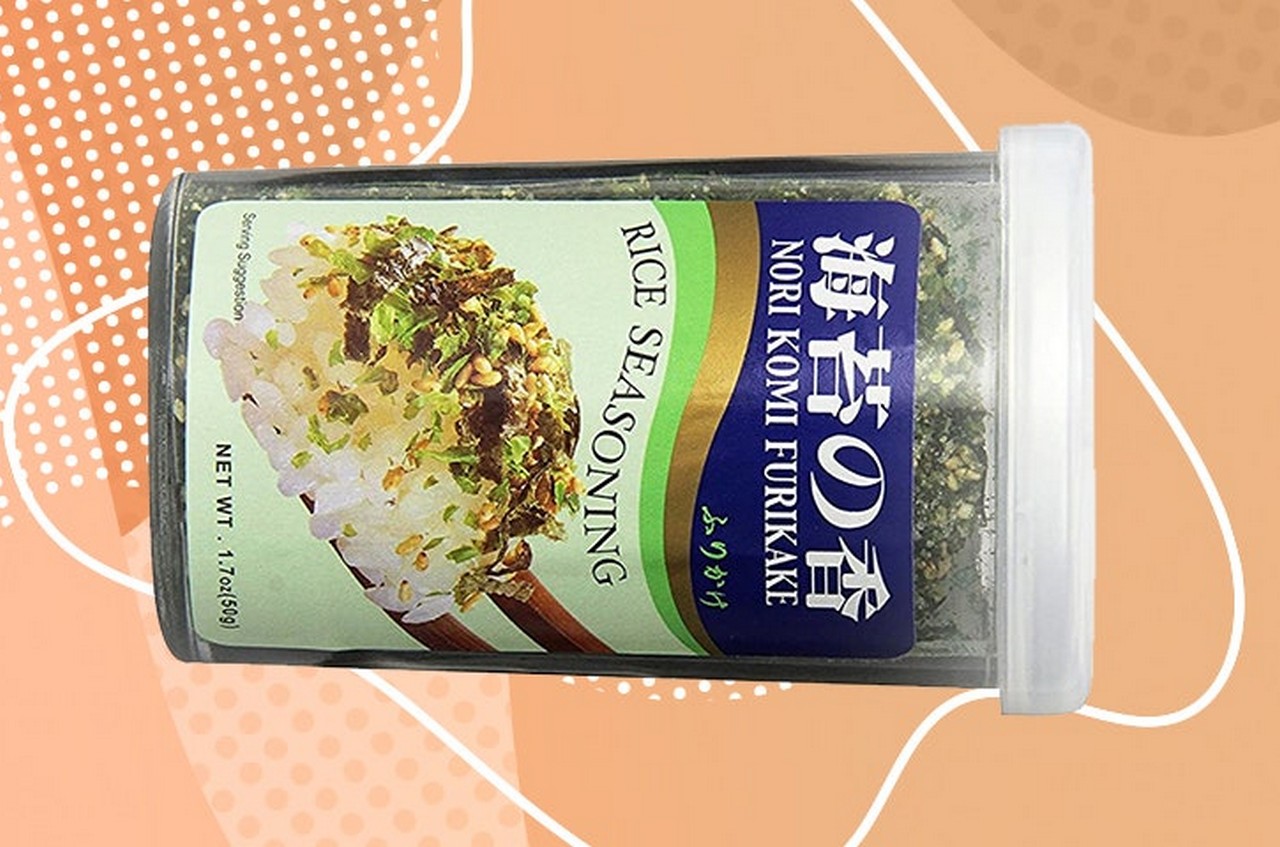
Lupus occurs when the body is inflamed internally, leading to skin rashes. Lupus is a chronic autoimmune disorder that requires medical attention, but natural remedies for lupus can ease some symptoms. Women are more likely than men to develop this disorder, and it mostly affects African-Americans and Hispanics (1).
Lupus is notoriously difficult to diagnose, as its symptoms resemble those of many different illnesses. Many individuals may have to try several unsuccessful medications before an accurate diagnosis is reached. In a few cases, it may take years before a proper diagnosis is made. If you are looking for home remedies to manage the symptoms, scroll down to check them out.
In This Article
What Is Lupus?
Lupus is an autoimmune disorder that causes the body’s immune system to become hyperactive and strike healthy tissues. This condition is characterized by symptoms like swelling, inflammation, and damage to the skin, brain, joints, kidneys, heart, lungs, and blood.
One of the main symptoms of lupus is a facial rash that unfolds across both cheeks and closely resembles the wings of a butterfly. This symptom is quite prevalent in many cases of lupus that have been reported, but not all.
Stylecraze TriviaThe term ‘Lupus’ was first used in 850 AD to describe lesions resembling a wolf bite. However, the modern understanding of lupus developed in 1948.
The exact cause of lupus is yet to be discovered. However, it mainly results from your immune system attacking the healthy tissues in your body. Let’s look into the cause of lupus right below.
What Causes Lupus? What Are Its Risk Factors?
Lupus is often thought to develop in people with a genetic predisposition to the disease, who come in contact with potential environmental triggers. Such triggers may include:
- Sunlight
- Infections
- Certain medications
Some factors that may increase your risk of developing lupus are:
- Gender – It is more common in women.
- Age – It can affect people of any age but is more common in those between 15 and 45 years.
- Race – It is found to be more common in Asian-Americans, Hispanics, and African-Americans.
The signs and symptoms associated with lupus are quite similar to those of other ailments. They may vary depending on the affected body system.
What Are The Signs And Symptoms Of Lupus?
The symptoms of lupus can occur gradually or suddenly, may be mild or severe, and may also be temporary or permanent. Most people with lupus develop mild symptoms that may flare-up for a while before improving or even completely disappearing for some time.
The common signs and symptoms that surface with lupus are:
- Fever
- Fatigue
- Pain, stiffness, and swelling of joints
- A butterfly-shaped rash across both cheeks and the nose
- Rashes on different body parts
- Appearance of lesions that worsens post-exposure to the sun
- Breathing difficulty or shortness of breath
- Dry eyes
- Pain in the chest
- Memory loss or confusion
- Headaches
- Fingers or toes that turn blue while stressing or when exposed to cold (also termed as Raynaud’s phenomenon)
Lupus needs immediate medical attention to prevent any potential complications. The risks and side effects associated with it are discussed below.
Risks And Side Effects
Lupus can lead to severe complications, such as:
- Kidney damage
- Memory problems
- Anemia
- Blood clotting
- Pleurisyi XA condition when large tissues around the lungs become inflamed and cause immense pain during breathing.
- Pericarditisi X A condition when saclike tissue around the heart swells up and causes irritation and chest pain when one rubs against the other.
- Heart attack
The other serious side effects of lupus include:
- Infections due to a weak immune system
- Cancer
- Avascular necrosis or bone tissue death
- Pregnancy complications, such as miscarriage
Treating lupus is mainly aimed at managing its signs and symptoms. While there are several anti-inflammatory and immunosuppressive medications that can help to manage the symptoms, most of them come with side effects. Therefore, many people are looking at natural remedies to manage the condition. The following are the best home remedies that can help you manage lupus while also improving your quality of life.
9 Natural Remedies To Manage Lupus
1. Vitamin Supplements
Shutterstock
Introduction of vitamins E and D in lupus patients was found to help with the progression of the disease. Vitamin D can ameliorate inflammatory and hemostatici XThe body responds to an injury by clotting the blood of an affected area, disrupting the normal blood flow of the body. markers associated with systemic lupus erythematosus (2). Vitamin E can suppress the production of autoantibodies, which are involved in the development of systemic lupus erythematosus (3).
Related: 29 Healthy Vitamin-D Rich Foods To Add To Your Diet
2. Essential Oils
a. Lavender Oil
Shutterstock
You Will Need
- 2-3 drops of lavender oil
- 1-2 tablespoons of coconut oil
What You Have To Do
- Add two to three drops of lavender oil to one or two tablespoons of coconut oil.
- Mix well and apply the mixture to the affected area.
- You can also breathe in the aroma of lavender oil using a diffuser.
How Often You Should Do This
You may do this once daily.
Why This Works
The analgesici XA pain-relieving medication used to treat rashes, swelling, inflammation and other irritants to the body. and anti-inflammatory properties of lavender oil can help in soothing the rashes associated with lupus while also relieving pain (4).
b. Frankincense Oil
Shutterstock
You Will Need
- 1 drop of therapeutic-grade certified organic frankincensei XA kind of gum-like resin that comes from the Boswellia tree used for skin care and aromatherapy purposes. oil
- 1 glass of drinking water
What You Have To Do
- Add a drop of therapeutic-grade certified organic frankincense oil to a glass of water.
- Mix well and consume.
How Often You Should Do This
You may drink this mixture 2-3 times daily for best results.
Why This Works
Frankincense oil possesses strongimmunostimulatingi XA medication that reduces unwanted overactivation of the immune system triggered by exposure to pathogens. and anti-inflammatory activities (5), (6). These activities can help in preventing the deterioration of lupus symptoms.
3. Coconut Oil
Shutterstock
You Will Need
Virgin coconut oil (as required)
What You Have To Do
- Take a little virgin coconut oil in your palm.
- Massage the oil gently onto the affected areas of your body.
- Leave it on until it dries.
How Often You Should Do This
You may do this 1-2 times daily.
Why This Works
Virgin coconut oil exhibits significant anti-inflammatory and analgesic properties that can soothe the inflamed rashes that often accompany lupus (7).
4. Epsom Salt
Shutterstock
You Will Need
- 1 cup of Epsom salt
- Water
What You Have To Do
- Add a cup of Epsom salt to a tub filled with water.
- Allow the salt to dissolve completely.
- Soak in the Epsom bath for 15-20 minutes.
How Often You Should Do This
You must do this once daily.
Why This Works
The presence of magnesium in Epsom salt imparts anti-inflammatory properties to it, which can help alleviate the inflammatory symptoms of lupus (8).
5. Tulsi Or Holy Basil
Shutterstock
You Will Need
- ¼ cup of holy basil leaves
- 1 cup of hot water
What You Have To Do
- Wash the holy basil leaves thoroughly with water.
- Press the leaves against the cup using a spoon.
- Add a cup of hot water to the leaves and
- cover it immediately with a saucer.
- Allow the leaves to steep for at least 5 minutes.
- Drink the warm tea.
How Often You Should Do This
You may drink this 1-2 times daily.
Why This Works
Theimmunomodulatoryi XA substance that suppresses the immune system to treat inflammation, infection and even help fight cancer. nature of holy basil can benefit those battling lupus as it can help strengthen their overall immunity (9).
Related: 20 Benefits Of Basil For Skin And Hair, Nutrition, & Recipes
6. Flaxseed
Shutterstock
You Will Need
1 tablespoon of ground flaxseed
What You Have To Do
Add a tablespoon of ground flaxseed to your favorite cereal or salad.
How Often You Should Do This
You can consume 1-2 tablespoons of flaxseed daily.
Why This Works
Flaxseed is a rich source of alpha-linolenic acid (alpha-LA) that possess anti-atherogenici XA genetic mutation that helps the body protect itself from the formation of plaques in the arteries. properties. It also contains lignans, which prevent the activation of platelet-activating factor receptors, thus preventing inflammation. These properties of flaxseed can help improve renal function associated with lupus nephritis (10).
Related: 11 Health Benefits Of Flaxseeds, Nutrition, And Side Effects
7. Green Tea
Shutterstock
You Will Need
- 1 teaspoon of green tea
- 1 cup of hot water
What You Have To Do
- Add a teaspoon of green tea to a cup of hot water.
- Steep for 5 minutes and strain.
- Drink the warm tea.
How Often You Should Do This
You may drink green tea 1-2 times daily.
Why This Works
Daily consumption of green tea can help in managing the symptoms of lupus and also improve certain aspects of the patient’s quality of life (11).
8. Turmeric
Shutterstock
You Will Need
- 1 teaspoon of turmeric powder
- 1 glass of hot milk
What You Have To Do
- Add a teaspoon of turmeric powder to a glass of hot milk.
- Stir well until the turmeric powder dissolves completely.
- Drink the warm concoction.
How Often You Should Do This
You may drink this once daily.
Why This Works
The active component of turmeric is curcumin. Curcumin reduces the proliferation of peripheral blood mononuclear cells in lupus nephritis patients and suppresses the activation of the enzyme that causes inflammation (12).
Related: 11 Benefits Of Turmeric Tea, Preparation, And Side Effects
9. Ginger
Shutterstock
You Will Need
- 1 inch of sliced ginger
- 1 cup of hot water
What You Have To Do
- Add an inch of sliced ginger to a cup of water.
- Bring it to a boil in a saucepan.
- Simmer for 5 minutes and strain.
- Drink the warm tea.
How Often You Should Do This
You may drink ginger tea twice daily.
Why This Works
The immunomodulatory and anti-inflammatory nature of ginger can work wonders in managing lupus and its inflammatory symptoms (13).
In addition to trying out these remedies, you also need to follow a few tips to prevent flare-ups.
Stylecraze SaysLupus may affect the joints. Use heat pads or take a warm bath to manage joint pain and inflammation caused by lupus.
How To Prevent Lupus
You can’t prevent lupus, but you can surely avoid the triggers that might result in flare-ups and worsening of your condition. Do the following:
- Limit your exposure to the sun.
- Always wear a sunblock with SPF 70 or more while going out.
- Avoid medications that may trigger further sensitivity to sunlight.
- Manage your stress by practicing yoga or meditation.
- Avoid close contact with people who are ill.
- Get enough sleep and rest.
Lupus is an autoimmune disease that makes your immune system hyperactive. It causes inflammation, swelling, and damage to the skin, heart, kidneys, and brain. Certain medications, infections, and sunlight may trigger lupus. However, certain remedies for lupus can help. Taking vitamin supplements and using essential oils, coconut oil, Epsom salt, and tulsi or holy basil may help manage lupus. In addition, limiting your exposure to the sun, avoiding medications that trigger sensitivity, and managing stress may help prevent this condition. But if you still experience the symptoms associated with lupus despite the home remedies, consult your doctor without delay.














